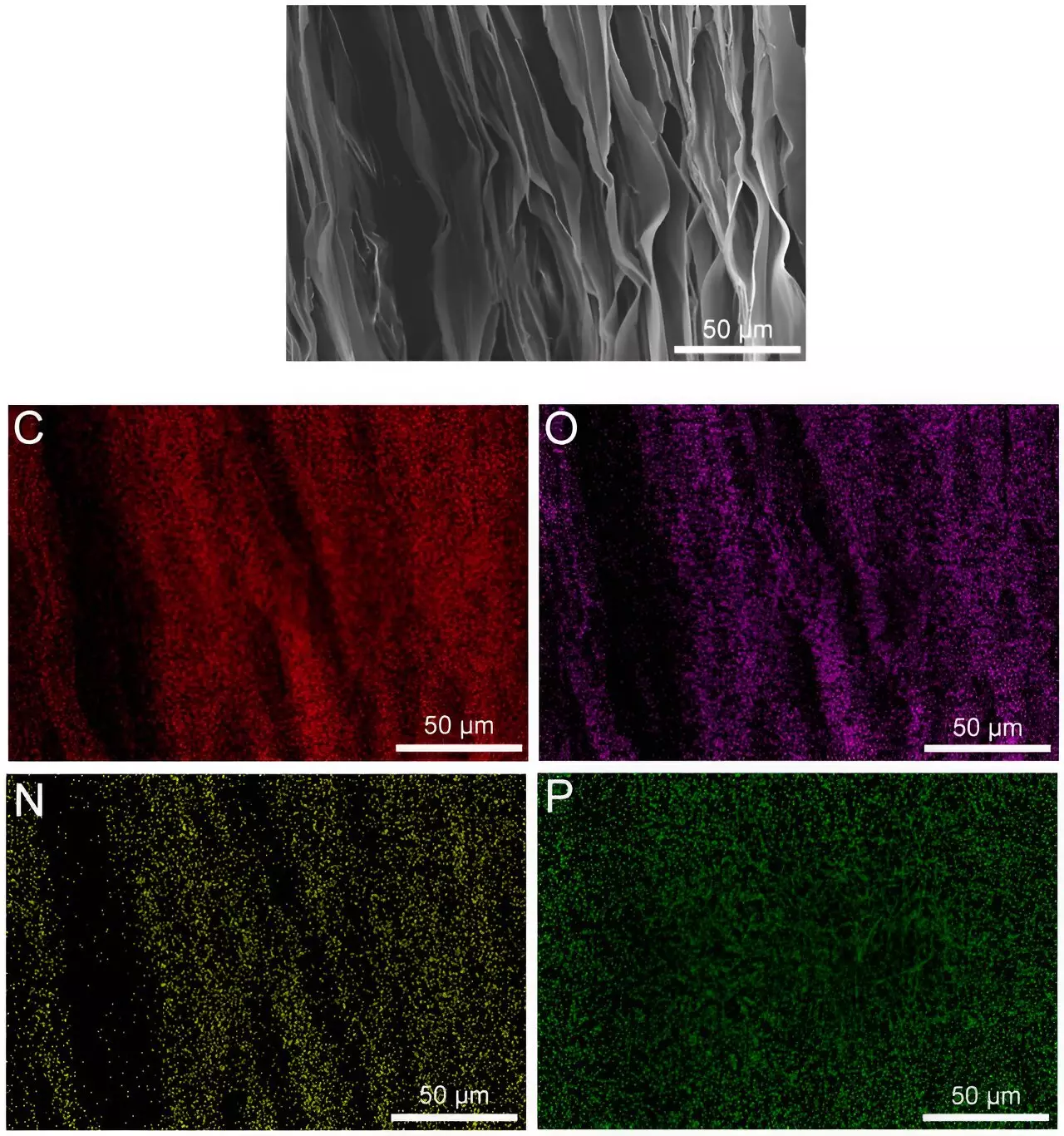The team of chemists and materials scientists at Sichuan University in China have made a significant breakthrough in developing a photoluminescent aerogel with an unprecedented visible light reflectance of 104%. This innovative research, published in the prestigious journal Science, has the potential to revolutionize the field of passive radiative cooling materials. As the global climate continues to warm, the demand for effective cooling solutions is becoming more urgent than ever before.
One of the key features of the newly developed aerogel is its photoluminescence properties. By absorbing photons in the visible light region and exciting electrons to a higher state, the material is able to emit light and reflect more light than it receives. This unique property opens up a wide range of possibilities for applications in various industries, including building materials, energy efficiency, and environmental sustainability.
In their study, the research team combined freeze-dried salmon sperm DNA with gelatin to create a layered aerogel that exhibits remarkable light-reflecting capabilities. The material, held together by hydrogen bonds between phosphates in the DNA and amino acids in the gelatin, is not only highly compressed but also environmentally friendly. The team’s approach to developing a self-healing material that can be easily applied to surfaces and can withstand damage sets it apart from traditional cooling materials.
The results of the testing conducted by the team demonstrate that the photoluminescent aerogel is capable of reflecting 104% of the light that strikes it, far exceeding previous expectations. Furthermore, when applied to a structure’s surface, the aerogel was able to cool it to 16°C below ambient temperature. This remarkable cooling capacity has the potential to significantly reduce energy consumption and costs associated with cooling buildings, making it a promising solution for the future.
The groundbreaking research conducted by the scientists at Sichuan University represents a major advancement in the field of passive radiative cooling materials. The development of a photoluminescent aerogel with exceptional light-reflecting properties not only showcases the team’s innovative approach but also highlights the potential for a more sustainable and energy-efficient future. As the demand for effective cooling solutions continues to grow, this research opens up new possibilities for addressing the challenges of climate change and global warming.


Leave a Reply